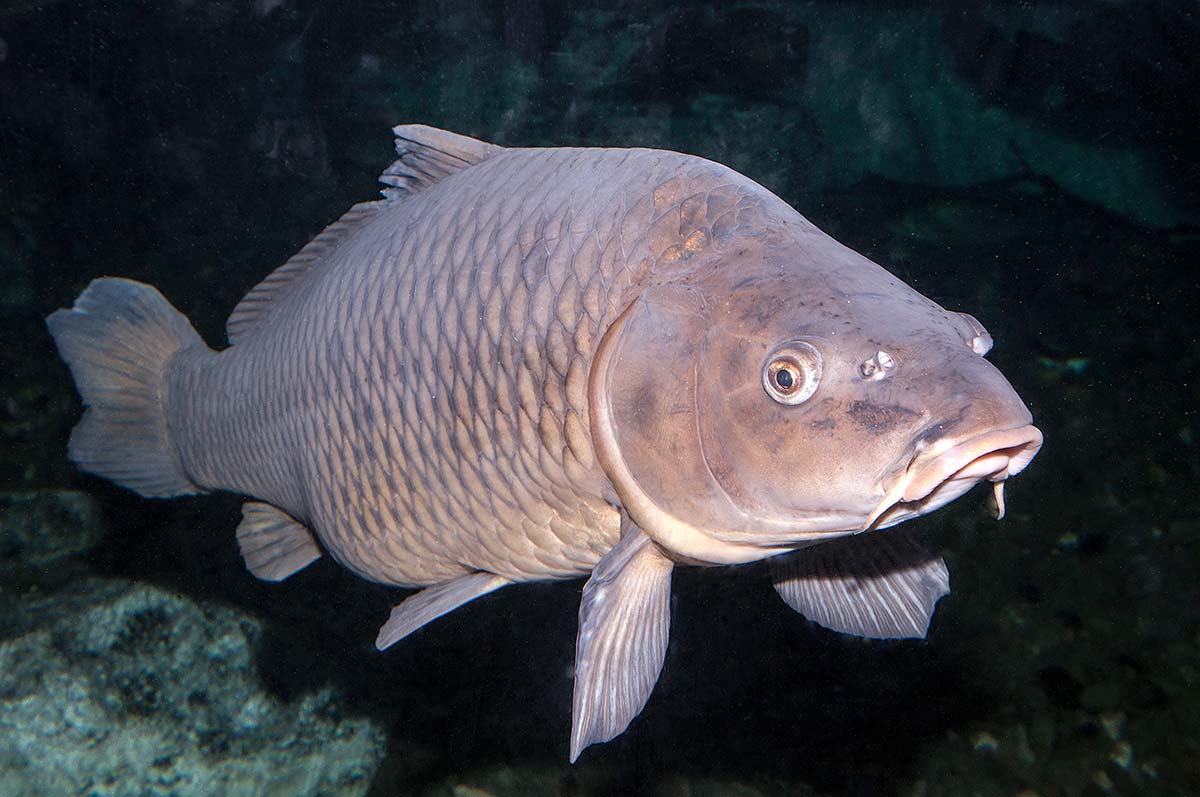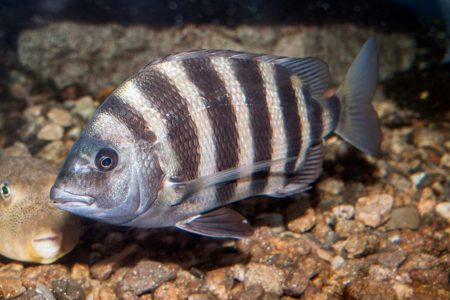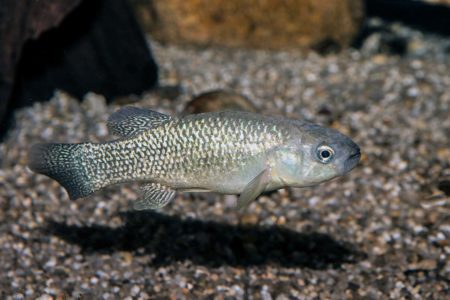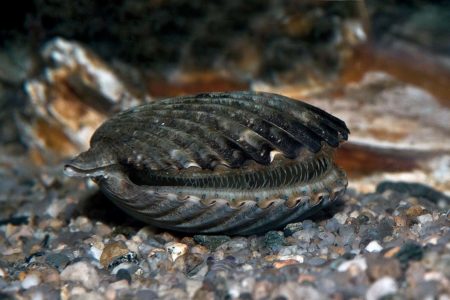While not originally native to US waters, the carp is now found throughout almost all of the lower 48 states.
Common carp, Cyprinus carpio, are also known as German and European carp. This species is not native to the United States, and is now viewed as an invasive species in much of the lower 48 states where they are now thriving. Common carp are not found in Alaska and Hawaii.
There is some question as to when and where common carp were first introduced into the United States. The earliest report from 1842 states the species was first brought into the United States from France by Henry Robinson of Orange County, New York in 1831 and 1832. The general consensus is they were introduced in the 1880’s by the U.S. Fish Commission as a food fish. That theory proved to be a bad move for native fish species. Carp have never become as popular as sport and food fish in North America as it is throughout Europe.
Common carp can grow to be over 30 inches in length and weigh 60 pounds. As a teenager I used to catch them in the Neponset River in Canton, Massachusetts during lunch breaks from work using moistened bread rolled up into small balls. The carp would slowly suck-in the bread so we had to be patient as to when we would set the hook.
This species puts up a good fight and can be taken with a variety of baits, including my favorite dough balls, corn and worms.

Carp are a dark olive above, with lighter sides almost looking dark tan in coloration, and yellowish on their bottoms. They have large obvious scales, two pairs of long barbells on their upper jaws with their mouths more towards the bottom than in front of their face.
This species is a first cousin to the goldfish, and larger specimens of goldfish may resemble that of a Common carp.
Common carp are one of the most damaging aquatic invasive fish species found in the United States because of their wide distribution and major impacts in shallow lakes and wetlands. This species releases phosphorus that increases algae blooms.
In North America, the common carp inhabits brackish and saline coastal waters of several states bordering the Atlantic and Pacific Oceans and Gulf of Mexico, as well as the Atlantic and Pacific coasts of Canada. It has been captured in U.S. waters with salinities as high as 17.6 ppt. In the U.S., the common carp is more abundant in manmade impoundments, lakes, and turbid sluggish streams receiving sewage or agricultural runoff, and less abundant in clear waters or streams with a high gradient.
Carp is only established in the Florida panhandle. It does not appear to be established in South Florida.
Larval common carp feeds primarily on zooplankton. Feeding habits in the U.S. is composed of organic detritus primarily of plant origin, small crustaceans, and gastropods.
The common carp is regarded as a pest fish because of its widespread abundance and because of its tendency to destroy vegetation.
Studies have shown that common carp has had noted adverse effects on biological systems including destruction of vegetated breeding habitats used by both fish and birds, and an increase in turbidity. It stirs up the bottom during feeding, resulting in increased siltation and turbidity. This feeding behavior also destroys rooted aquatic plants that provide habitat for native fish species and food for waterfowl.
Scientists have found that carp eradication and exclusion from reservoir tributaries allowed for increased benthic invertebrate community diversity and abundance, and the return of submerged aquatic vegetation.
Common carp in the United States are an experiment gone bad…but they are here to stay, and make for some fun fishing even in the most urban of environments.




